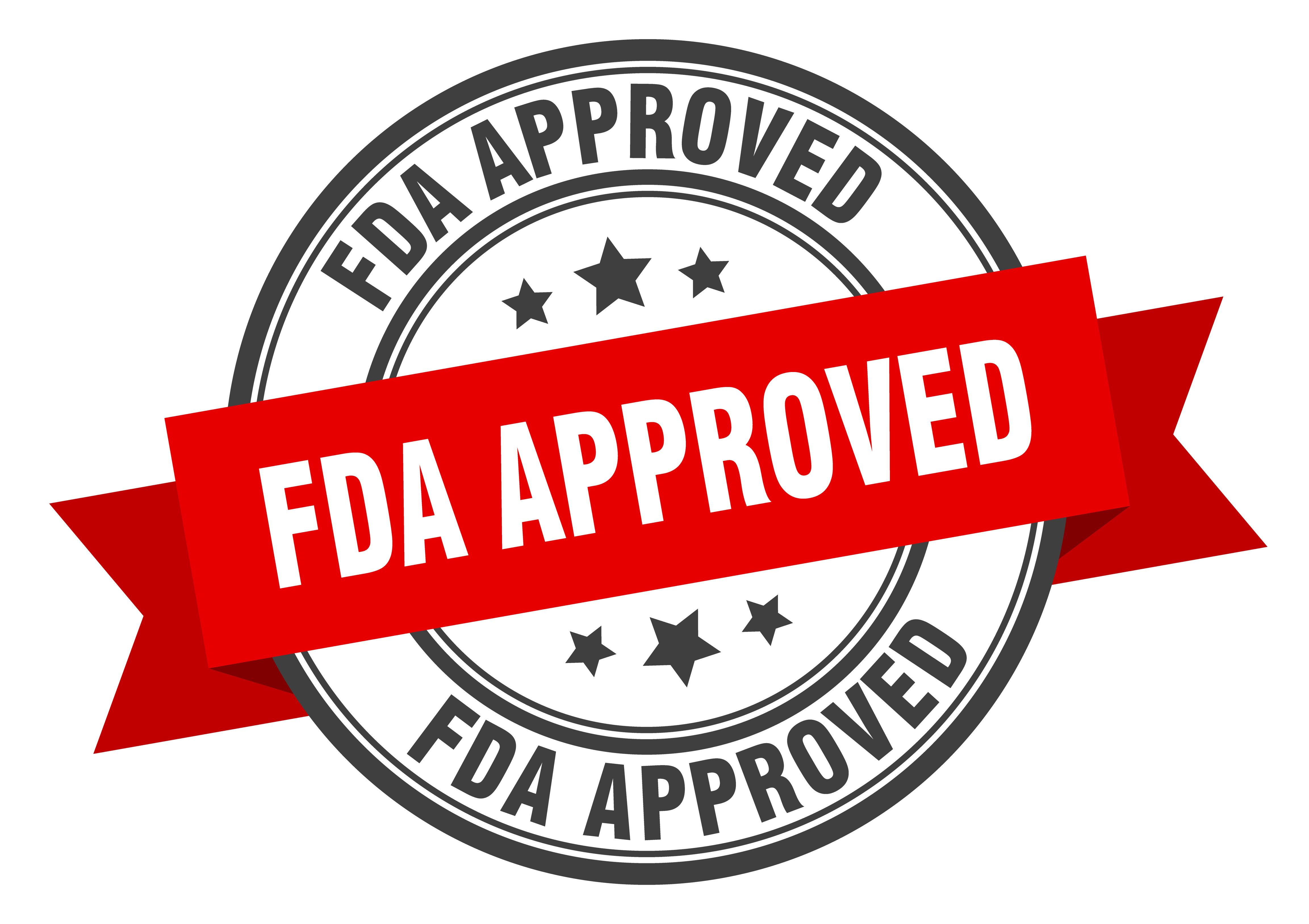FDA Approves Filsuvez for Epidermolysis Bullosa
Filsuvez (birch triterpenes) is indicated to treat partial thickness wounds associated with junctional epidermolysis bullosa and dystrophic epidermolysis bullosa.
Image credit: Aquir | stock.adobe.com

The FDA has approved Chiesi Global Rare Diseases' topical gel Filsuvez (birch triterpenes) to treat partial thickness wounds associated with junctional epidermolysis bullosa (JEB) and dystrophic epidermolysis bullosa (DEB). The regulatory action makes Filsuvez the first approved treatment for wounds associated with JEB.1
“We are grateful for the support of those living with EB and their dedicated caregivers, which allowed us to reach this landmark FDA approval and proudly provide Filsuvez as a solution for wound care management,” Giacomo Chiesi, head of Chiesi Global Rare Diseases, said in a press release.1
Filsuvez is indicated to treat wounds associated with JEB and DEB in patients aged 6 months and older. The gel can be administered at home for topical application to wounds and can be integrated into existing treatment plans.
The FDA’s approval was based on data from the Phase III EASE trial (NCT03068780), which was the largest global Phase III trial in patients with EB. The trial consisted of a three-month double-blind, randomized, controlled phase followed by a 24-month open-label, single-arm phase. The trial enrolled 223 patients, of whom 156 were pediatric patients, with EB target wounds between 10 and 50 cm2 in size present for at least 21 days and fewer than nine months.
Patients were randomly assigned to receive Filsuvez and wound dressings applied according to the standard of care. The trial’s primary endpoint was an evaluation of efficacy for Filsuvez compared with the control gel according to the number of patients with complete closure of the target wound within 45 days of treatment.
The study data showed statistical significance for the primary endpoint, while the key secondary endpoints did not reach statistical significance; however, researchers noted several differences in favor of Filsuvez.
The most frequently reported adverse effects (AEs) associated with Filsuvez were pruritis and pain at the wound application site (7.3%). Further, patients administered Filsuvez reported local hypersensitivity and skin reactions, such as urticaria and dermatitis.
EB is a group of rare diseases in which the skin becomes fragile and blisters easily. Rubbing or bumping of the skin may lead to tears, sores, and blisters that may appear anywhere on the body. More severe cases of the disease may include the development of blisters and sores inside the body, including in the mouth, esophagus, stomach, intestines, upper airway, bladder, and genitals.2
There is currently no cure for EB, as treatment typically involves addressing the symptoms, which may include pain management, treatment of wounds caused by the blisters and tears, and helping with daily quality of life. Although investigators have established that EB is an autoimmune disease, it remains unknown what causes the body to attack collagen in the skin.2
“The FDA’s decision to approve Filsuvez provides those living with EB a safe and effective treatment option for the most prominent and difficult symptom of EB, open wounds that may not heal,” said Brett Kopelan, executive director, DEBRA of America, in the press release. “Today marks an important milestone for those living with junctional EB, as Filsuvez is the first FDA-approved treatment for this variant of the disease.”1
References
1. GlobalNewswire. Chiesi Global Rare Diseases Receives FDA Approval for FILSUVEZ® (birch triterpenes) topical gel for the Treatment of Epidermolysis Bullosa. News release. December 19, 2023. Accessed December 19, 2023. https://www.globenewswire.com/news-release/2023/12/19/2798751/0/en/Chiesi-Global-Rare-Diseases-Receives-FDA-Approval-for-FILSUVEZ-birch-triterpenes-topical-gel-for-the-Treatment-of-Epidermolysis-Bullosa
2. Epidermolysis Bullosa. National Institute of Arthritis and Musculoskeletal and Skin Diseases. National Institues of Health. Webpage. Last Reviewed September 2023. Accessed December 19, 2023. https://www.niams.nih.gov/health-topics/epidermolysis-bullosa
Addressing Disparities in Psoriasis Trials: Takeda's Strategies for Inclusivity in Clinical Research
April 14th 2025LaShell Robinson, Head of Global Feasibility and Trial Equity at Takeda, speaks about the company's strategies to engage patients in underrepresented populations in its phase III psoriasis trials.
Key Findings of the NIAGARA and HIMALAYA Trials
November 8th 2024In this episode of the Pharmaceutical Executive podcast, Shubh Goel, head of immuno-oncology, gastrointestinal tumors, US oncology business unit, AstraZeneca, discusses the findings of the NIAGARA trial in bladder cancer and the significance of the five-year overall survival data from the HIMALAYA trial, particularly the long-term efficacy of the STRIDE regimen for unresectable liver cancer.
Expanding Immune Response Testing to Support Vaccine Development
April 22nd 2025Nigel McCracken, chief operating officer, Virax Biolabs, discusses the expansion of its ViraxImmune platform into areas such as transplant monitoring, vaccine efficacy, latent virus reactivation, and CAR T cell therapy.